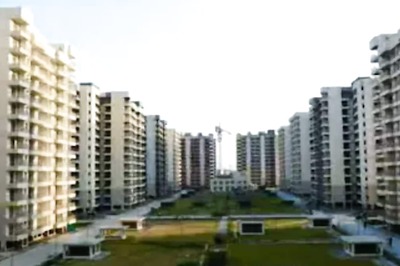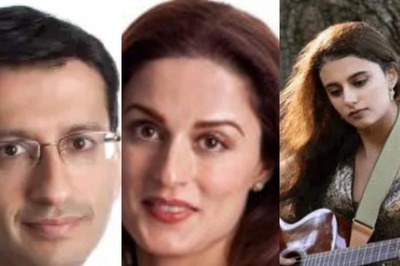
views
Kerala's huge strides to create reform in its education system, began early owing to great social thinkers like her highness Parvati Bai of Travancore who had, as early as 1817 directed that the state should settle the entire cost of education of its people, or be it the Kerala education Bill in 1957 which brought in free primary education for its children. Education was thus, very early on seen as veritable right of every child in the state. And all this happened much before the furor over the Right To Education (RTE) began. The state, managed to gain significantly owing to great work being done by missionaries, NSS, SNDP etc. in the education space. Of course such pioneering attempts could easily be attributed to the time when the state in a way enjoyed some degree of convergence between social growth and business principles, allowing for some joint-sharing of responsibility between government and the private sector especially where education was concerned.
Many questions today plague the state. For instance if that model of development enjoyed some degree of success, has it been enough? And more importantly, is it still relevant in this day and age? The answer to that is simple. Just glance around and see if within the state if there is an enhanced representation of teachers, bureaucrats, doctors etc. among the most marginalized sections including the dalits, tribals, and the people belonging to the coastal communities. The answer to that would sadly be in the negative. Drop-out rates among dalit children remains as high as 21% (which includes 6.58% who have never been to a school ever?*). Kerala needs to accept that quite a large number of children belonging to the marginalized sections of society, often get into cheap labor, affecting health and dignity, and are unable to break the cycle of poverty. It is not an uncommonly sight to have poor families admit and reveal that debts follow them not because of marriage or construction of home expenses, rather it is on account of the day to day expenses, including food, education, and health.
In CRY's criticality analysis, 10 of the 14 districts in Kerala need urgent attention vis-à-vis education, the situation among dalits, tribals and coastal communities deserves acute attention. A study on the Centre for Socio-economic & Environmental Studies states that while the dropout rates are very low in primary schools, the same increases in the ninth and the tenth class students in Kerala especially among SC/ST students. Statistics from schools reveals that only 73% of the students joining at 1st Standard reach the 10th Standard. In the case of scheduled caste students, only 59% sit for the SSLC exam 60% of Scheduled Tribe students drop out by the 10th standard. Infrastructure wise, especially in the marginalized sections, many secondary schools are still being run in temporary sheds and sub-standard buildings. Overcrowded classrooms, with little or no furniture, non-existent libraries; certainly marginalized sections of Kerala are still miles away from that complete implementation of the Right to Education Act.
The state needs to work towards strengthening the current educational systems with an enhanced focus access and quality of education. It needs to be equally bothered about understanding if it needs to step beyond and look at education for children after age 14. Concern from the state on understanding if learning should stop at age 14 can go miles towards ensuring children learn and not earn after age 14, because clearly the situation gets worse after age 14, when free access to education abruptly ceases and in a way children need to fend for themselves. It is definitely time for the state to internalize and assimilate why the UNCRC defines a child from age 0 to 18 years-to ensure that the child is actually given the opportunity to develop into an individual of his/ her own right. It is also time that the state starts to work towards extending the RTE upto the age of 18 years to ensure our children receive free senior secondary level education to be assured that children do not enter vocations that remain unsuitable for their age and maturity levels. Even today, in Kerala there are hamlets which have not witnessed a class 10 pass-out for many years now, a glaring indication on the importance of the Right to education to extend the access to free and compulsory education up to 18 years of age. Bringing in Early Childhood Care and Development (ECCD) for the 3-6 is essential as that would foster mental emotional, physical, cognitive growth which has significant impact in the later years. Focusing on the 15-18 olds allows for more equitable society with opportunities, which otherwise get curtailed if education is stopped after the class 8. Kerala does not have to restrict itself to the RTE, but go beyond. In the past the state treads a reformist approach, and has shown that it is capable of bringing in change. Education has been the tool for social transformation before, today Kerala needs to stand by that approach once again.
*(A Study done by RIGHTS in 2011, which decries govt statistics of 1% drop out)
Suma Ravi, is Regional Director, with Child Rights and You (CRY)




















Comments
0 comment